Mosaic – A Colourful History
Mosaic – A Colourful History
It is said by neuroscientists that human beings have a unique knack for recognising patterns. From faces to shapes and even behaviours, we are designed to analyse and assemble the chaotic into the orderly. Anyone who has ever observed a toddler learning a language or playing with blocks will already have an idea of how adept we are at pattern recognition, even at an extremely early age.
It is no surprise, then, that the ancient art of mosaic has been a favourite way of embellishing our environments for thousands of years, and that the practice transcends geographies and cultures so completely, that one might call mosaic one of the most universal art forms in existence. From prehistoric Mesopotamian temples to the splash-back of a trendy 21st Century Manhattan apartment kitchen, the enduring beauty of mosaic has stood the test of time, and will doubtless continue to do so for years to come. Here is a small glimpse into the earliest stylistic developments of this timeless tiling method.
Ancient Mesopotamia
Believed to be the earliest examples of mosaic embellishment are the walls and columns of Uruk in Mesopotamia, situated in an ancient temple and encrusted with unique terracotta or limestone “cones” embedded in a layer of pitch, a natural ‘glue’ derived from petroleum, coal, tar, or plant material. These cones featured many colours and did not follow a regular form, as most of today’s mosaic tesserae do. They were used to create undulating and geometric patterns to adorn this most special place of worship.
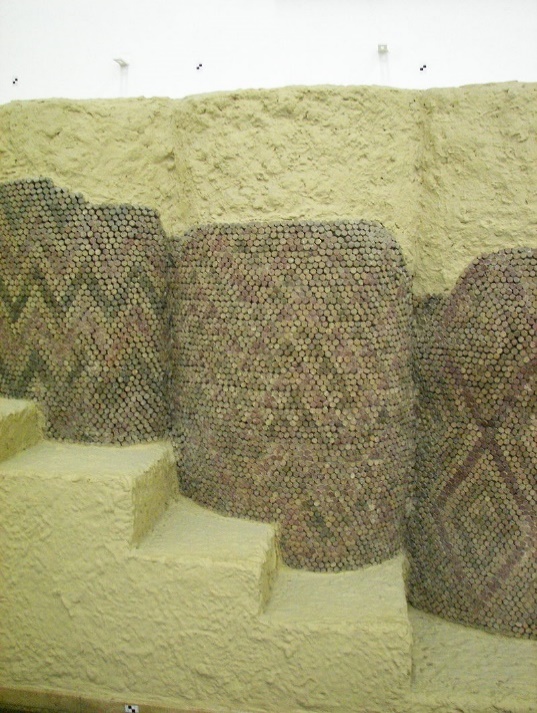
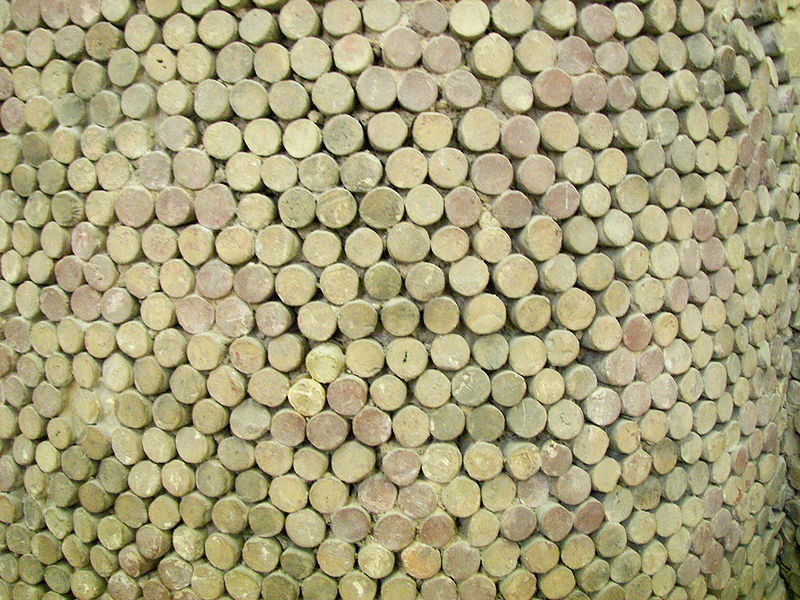
Via Wikipedia
https://commons.wikimedia.org/w/index.php?curid=697388
Ancient Greece and Rome
During the bronze age, mosaics assembled from pebbles rose in popularity, as a beautiful and practical paving option in both the public and private setting, particularly in the Minoan civilization based on Crete and the Mycenaean civilization on mainland Greece. Simple geometric patterns soon gave way to intricate scenes depicting ancient life and the Pantheon of gods and goddesses that watched over the happenings of everyday life.
During the Axial Period around 200 BC, the Greeks began to manufacture the precursor of today’s tesserae in the form of smaller, more regularly shaped pieces that would allow them to achieve new standards of detail, colour and symmetry.
Soon afterwards, the Roman Empire emulated the Greeks’ techniques, mosaicking their most important public areas and domestic interiors with similar scenes of daily life and the gods and goddesses of their day.
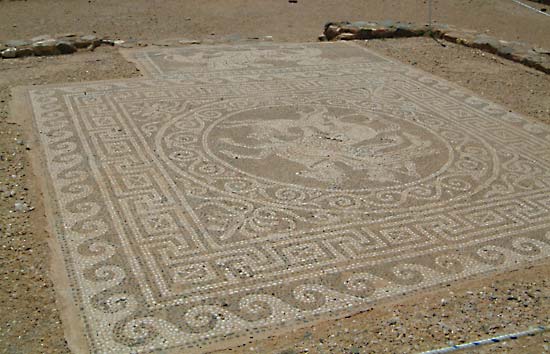
Via Encyclopaedia Britannica
https://global.britannica.com/place/Olynthus-ancient-city-Greece
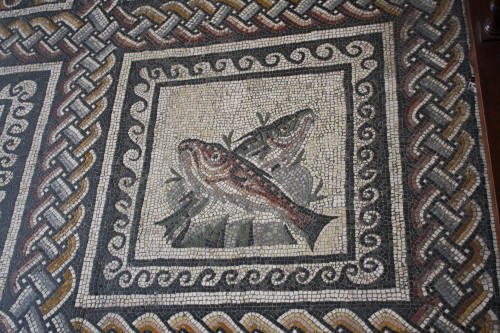
Via Ancient History Encyclopaedia
http://www.ancient.eu/image/1279/
The Islamic Empire
During the 8th Century, the Islamic Empire began to incorporate the beauty of mosaic into their mosques and palaces, exemplified by the breath-taking mosaics still present at the Great Mosque of Cordoba and the Alhambra Palace in Spain. Rather than depicting scenes of human life, stones, ceramic tiles and pieces of glass were used to create intricate mathematical and geometric patterns.
Islamic mosaic art also gave rise to the technique where tesserae are cut into specific and often complex shapes, with the intention of fitting them together perfectly in a repeated pattern to cover large spaces.
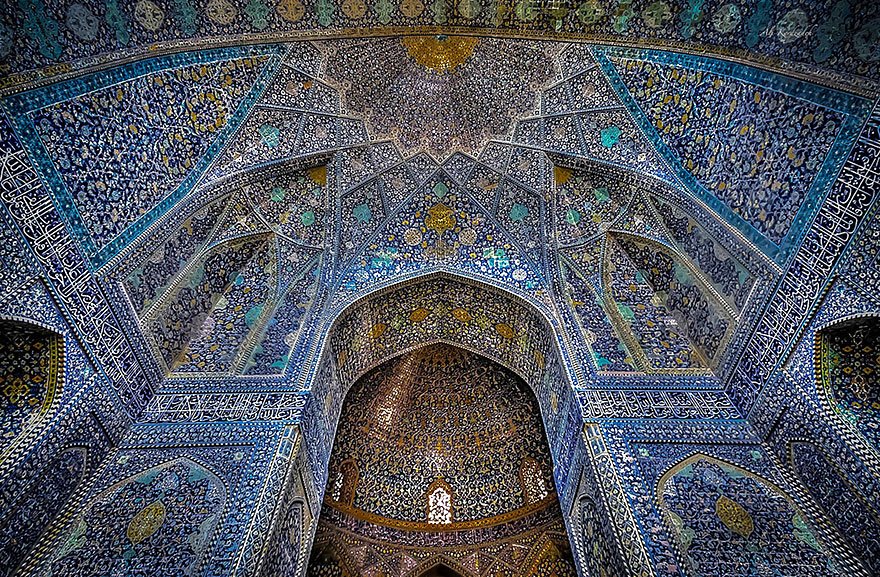
Via BoredPanda
http://www.boredpanda.com/mosque-ceilings/
These civilizations may represent some of the oldest and most beautiful examples of ancient mosaic, but the modern age, too, has a rich and colourful history of using mosaic to extraordinary effect in the home as well as in public spaces. Watch out for our next blog post, in which we will continue to explore this versatile tiling application’s endless appeal through the ages.
[Back]
blog comments powered by Disqus

